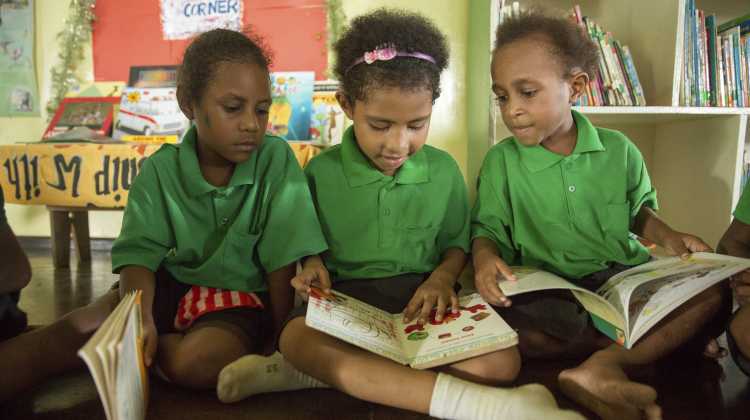Papua New Guinea has libraries that serve as valuable resources for education, research, and community engagement. While the availability and quality of libraries may vary across different regions within Papua New Guinea, there are generally libraries in major cities and towns. Here’s some information on accessing and using library services in Papua New Guinea:
- National Library and Archives: The National Library and Archives of Papua New Guinea is located in Port Moresby, the capital city. It serves as the country’s primary repository of literature, documents, and other materials related to Papua New Guinea’s history, culture, and development.
- University Libraries: Major universities in Papua New Guinea, such as the University of Papua New Guinea (UPNG) and the Papua New Guinea University of Technology (UNITECH), have their own libraries. These libraries offer academic resources and services primarily catering to students, faculty, and researchers affiliated with the respective universities.
- Provincial and Regional Libraries: Some provinces and regions may have their own libraries or community resource centers. These libraries may vary in size and resources available but often provide access to books, periodicals, and other educational materials.
- Accessing Library Services: To access library services, you typically need to visit the library in person during its operating hours. Most libraries in Papua New Guinea operate during standard business hours, but it’s a good idea to check the specific hours of operation beforehand.
- Membership and Borrowing: Some libraries may require membership for borrowing privileges, while others may offer borrowing services to anyone. Membership requirements, if any, will vary depending on the library. You may need to provide identification and complete a registration process to become a member.
- Services Offered: Libraries in Papua New Guinea typically offer a range of services beyond book lending. These may include internet access, photocopying, printing, reference assistance, and access to electronic databases or digital resources.
- Community Engagement: Libraries often host events, workshops, and programs aimed at promoting literacy, education, and community engagement. These activities may include reading clubs, storytelling sessions, educational workshops, and cultural events.
- Online Resources: Some libraries may offer online resources and digital collections accessible through their websites. These resources may include e-books, digital archives, research databases, and other electronic resources. Check the website of the specific library you’re interested in for more information on available online resources.
It’s worth noting that the availability of library services and resources may vary, so it’s a good idea to contact the library directly or visit their website for the most up-to-date information on their offerings and how to access them.
Know more about Special Libraries (disability, office)
Publishing a book
Publishing a book involves several essential steps: from writing and editing to design, distribution, and marketing. Authors can choose between traditional publishing, where a publisher handles the process, or self-publishing, where they retain control. Self-publishing platforms like Amazon Kindle Direct Publishing offer authors the ability to format, publish, and distribute their books globally. Regardless of the publishing route, authors must focus on creating a polished manuscript, obtaining an ISBN, designing an eye-catching cover, and executing a robust marketing strategy to reach their target audience. Each step requires careful planning and attention to detail, but with dedication and persistence, authors can bring their book to fruition and share their stories with the world. If you want to know more, click here.

Leave a Reply